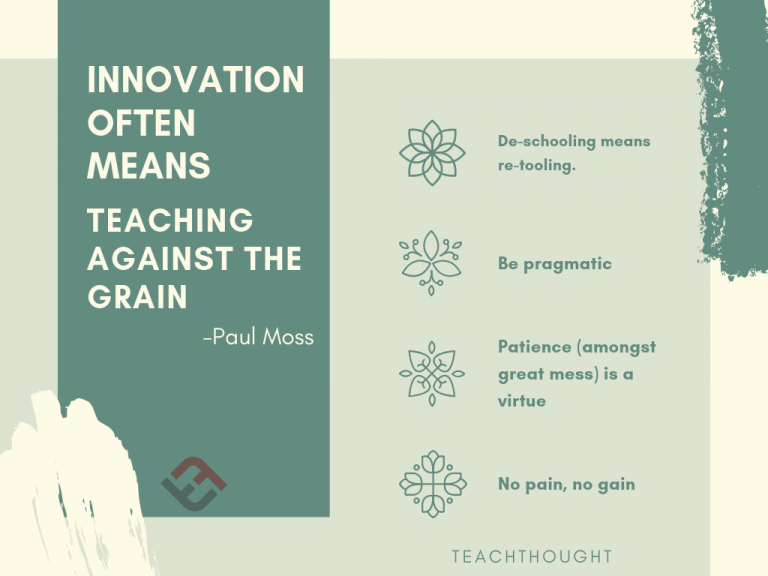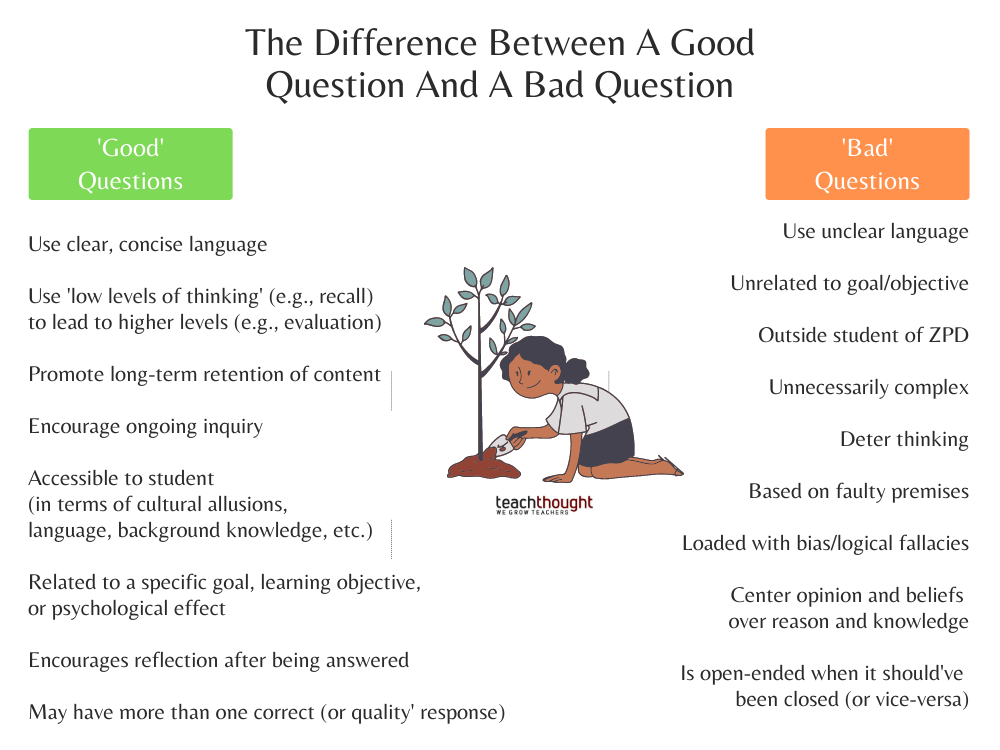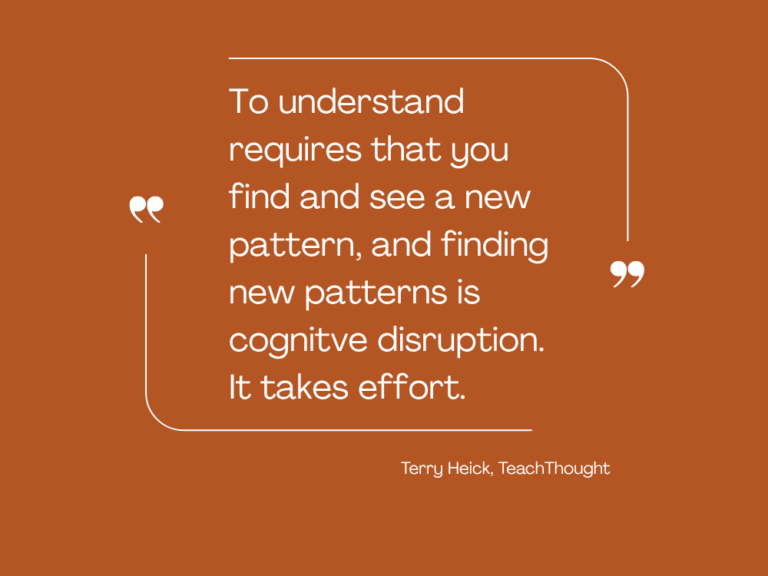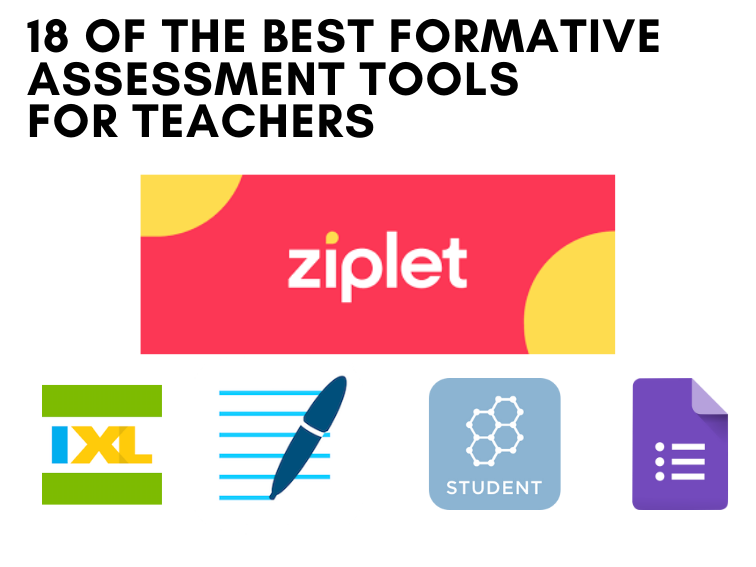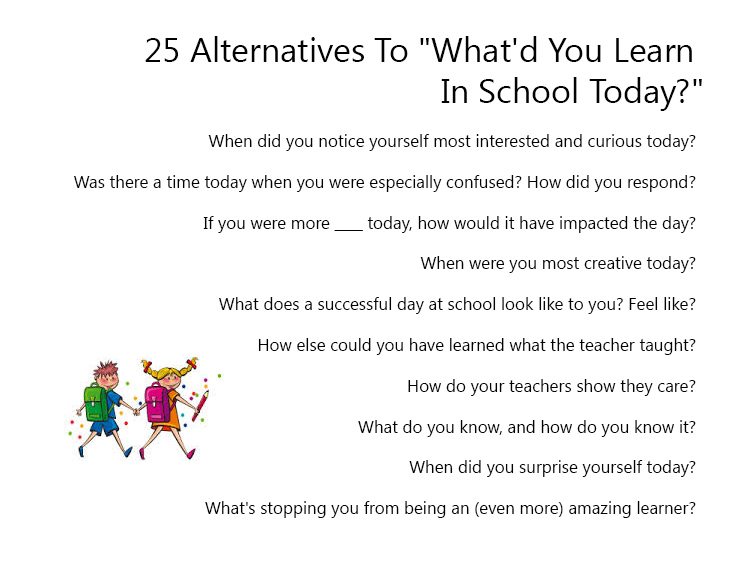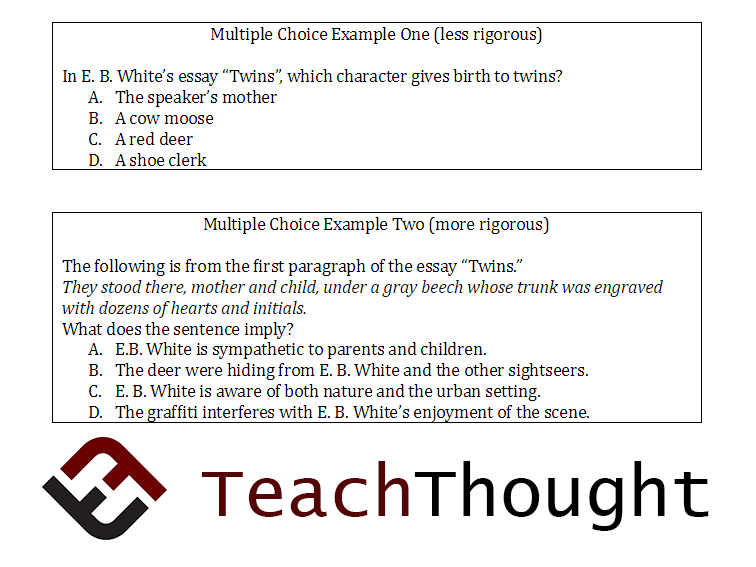
Examples Of Increasing Rigor In Assessment
contributed by Barbara R. Blackburn
Increasing rigor is a key strategy for improving student achievement.
How do you take existing summative assessments–mainly tests–and make them more rigorous? Let’s look at strategies for four types of common formal assessments.
See also How To Add Rigor To Anything
4 Examples Showing How To Make Assessments More Rigorous
1. Matching Questions
Matching tests are an easy, quick way to assess a wide range student knowledge. However, it is difficult to assess at a higher level of rigor, as most matching tests measure basic recall questions. Depending on the items, students can guess, rather than truly demonstrate understanding.
One specific type of matching test can increase rigor. The expanded matching format creates three columns which must be matched. It provides a better opportunity to measure what students know. In this case, you’ll also notice there are more choices than items, which requires students to narrow down the answer.

2. True-False Tests
True-false tests are an excellent way for students to determine the accuracy of a statement, agree with opinions, and define terms. As with matching items, they are graded quickly and easily, and students can answer a wide range of questions in a short amount of time. However, once again, questions are typically low-level recall questions, and you may not be sure students understand the question, or if they are simply guessing.
To combat this, and to increase the rigor, require students to rewrite any false choices as true statements, which requires them to demonstrate a true understanding of the content.
3. Multiple-Choice Tests
Multiple-choice tests are probably the most used tests in classrooms across the nation. Although due in part to preparation for standardized tests, they are also easy to score. They also apply to a wide range of cognitive skills, including higher order thinking ones. Finally, incorrect answers, if written correctly, can help you diagnose a student’s problem areas. Disadvantages include that the questions can’t measure a student’s ability to create or synthesize information, and that students can guess an answer.
Although many multiple-choice questions measure lower-level understanding, you can increase the rigor. For example, Susan Brookhart, in her book, How to Design Questions and Tasks to Assess Student Thinking, provides a comparison of two multiple choice items, one that is more basic, and one that is at an increased level of rigor. In both, the student needs to know which character gives birth to twins, but notice the other information that must be understood in the second question.

4. Essay Questions
Essay questions, which are sometimes considered a type of performance assessment, are one of the most common assessments used in today’s classrooms. Essay questions are extremely effective for measuring complex learning. Opportunities for guessing are removed, so you can truly measure what students understand.
When you are writing essay questions, crafting the question is particularly important. You want to be sure the complexity of the learning outcome is reflected in a clear, focused manner. It’s also important to provide explicit instructions as to your expectations.
As with any question, you can write items at a lower or higher level. In our case, we want to strive for a level of rigor that challenges the students while remaining accessible and even compelling. Todd Stanley, in Performance-Based Assessment for 21st Century Skills, provides an excellent example of an essay question that he revised to a more rigorous version.

Notice that, although the first question does require some higher order thinking, the second one is at a more advanced level. It’s very specific so that students know exactly what to do to demonstrate their understanding.
Conclusion
Summative assessments are typically used to measure students’ overall understanding of concepts. However, it’s important to craft your questions so they are more rigorous, and thus supportive of a broader range of potential student performance.
You can read more at barbarablackburnonline.com.
4 Examples Of Increasing Rigor In Summative Assessment

